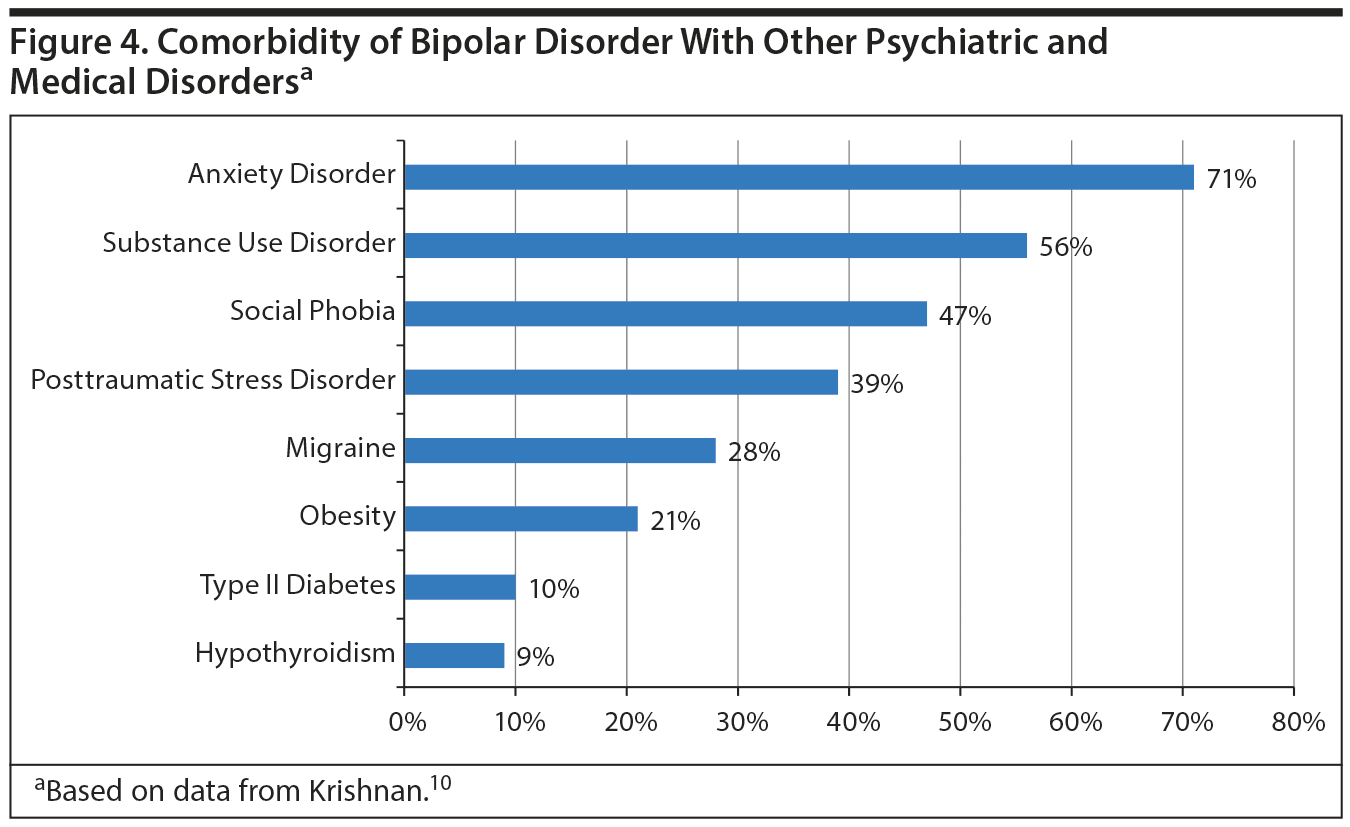Click to enlarge page
Mirtazapine is the latest in a line of drugs that have recently been introduced for the treatment of depression. It is now available worldwide and has been used in more than 170,000 patients (May 1997). The novelty of this drug over other antidepressants lies particularly in its unique mechanism of action.
Mirtazapine inhibits neither the reuptake of norepinephrine (NE), serotonin (5-HT), or dopamine (DA) nor the activity of monoamine oxidase, thereby clearly being distinguished from the tricyclic antidepressants (TCAs), newer reuptake inhibitors of either serotonin and/or norepinephrine (SSRI/SNRI), and the monoamine oxidase inhibitors (MAOIs).
This PDF is free for all visitors!
Save
Cite



